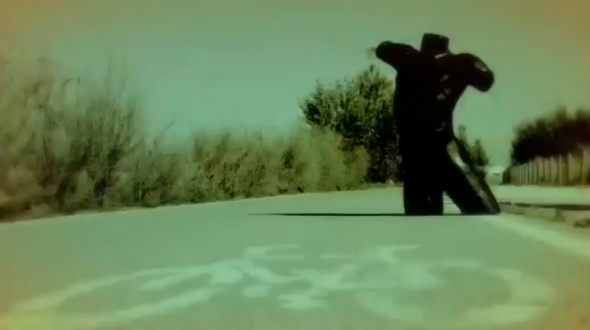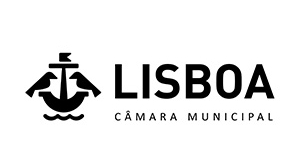GhostBusters [from nightmare to memory]
 'Mutilado' by Bofa da CaraClaudia Cristovao, Nastio Mosquito
'Mutilado' by Bofa da CaraClaudia Cristovao, Nastio Mosquito
GhostBusters I [from nightmare to memory]
A Project by SAVVY Contemporary Berlin and Iwalewa -Haus Bayreuth
SAVVY Contemporary, Berlin
Richardstraße 43/44
12055 Berlin, Germany
The exhibition project GhostBusters [from nightmare to memory] features the work of two outstanding young artists: Claudia Cristovão and Nástio Mosquito. The projects’ concept derives from the metaphor of Africa as a phantom in the post-colonial, post-socialist and post-war mind, explored and imagined by the artists in very different ways. The artworks (video-work, installation and photography) deal with imagination as aesthetic practice, approaching different layers of memory and (imagined) history. One of the leading ideas is the exploration of (absent) memories in the cultural archive, of visual tropes in the wasteland of the bizarre and the uncanny.
Nástio Mosquito and Claudia Cristovão have both been born in Angola in the 1970s. While Claudia Cristovão later moved to Portugal and the Netherlands, Nástio Mosquito returned to live and work in Angola after some years abroad. Both artists explore the project theme in individual but complementary ways. The question of origin and belonging is one of their common topics, widening the imagination of the phantom Africa. The question of a possible future – also as artist in and from Africa – is also questioned alongside the project.
The project GhostBusters [from nightmare to memory] starts in September 2011 in Berlin at SAVVY Contemporary and continues in April 2012 with GhostBusters II [from memory to vision] at Iwalewa-Haus in Bayreuth. Both artists stay in Berlin and Bayreuth for short-term residencies to be able to develop a relationship to the exhibition-spaces as well as the cities. Time and space are given to explore the phantoms within the respective urban-scape of the cities, thus finding a way to find tracks and traces of dreams and nightmares in both imaginary and real space. The real and the mental space work as analogon within the whole project. Especially the peripheries of both spaces with their forgotten and obscure places are considered. The artist’s exercises of re-membering thus unlock and unpack the (inner) marginal landscapes.
